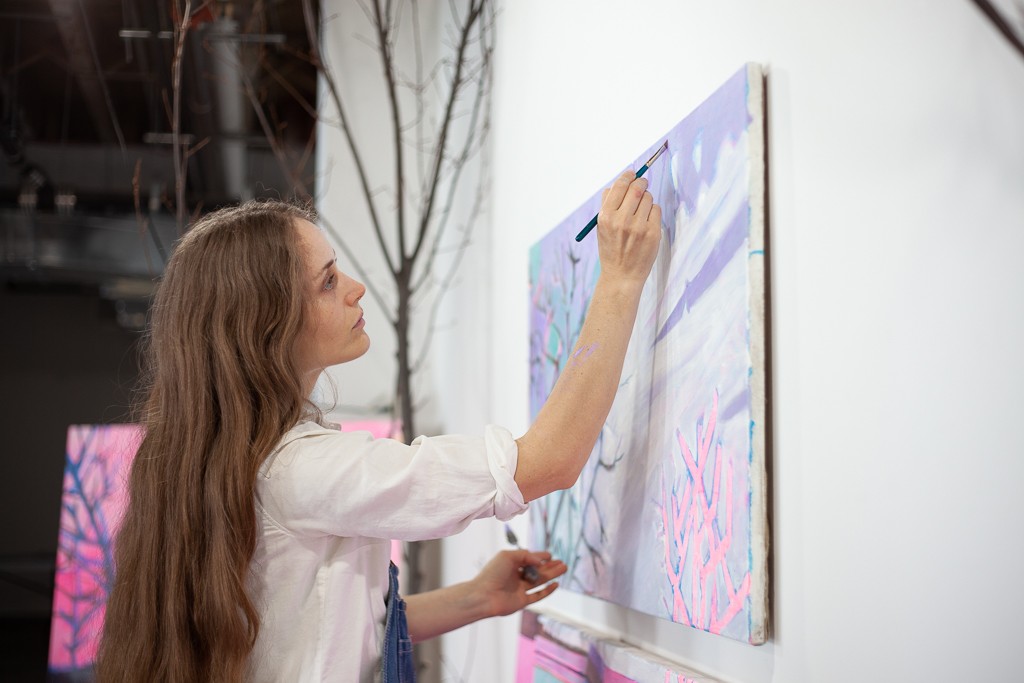We recently connected with Madeleine Matsson and have shared our conversation below.
Madeleine, appreciate you joining us today. Learning the craft is often a unique journey from every creative – we’d love to hear about your journey and if knowing what you know now, you would have done anything differently to speed up the learning process.
I’ve always loved drawing, painting, and overall creative expression.
Not everyone needs a formal education to be an artist, but in my case, it became a catalyst due to the invaluable pressure it applied. My MFA experience arrived a decade after my BFA, allowing me to mature significantly, instilling a sense of urgency and purpose. School, in essence, serves as a framework with boundaries to operate within—rules to eventually challenge and break.
Philip Guston, a founding figure at my MFA institution, once said: “When you’re in the studio painting, there are a lot of people in there with you – your teachers, friends, painters from history, critics… and one by one if you’re really painting, they walk out. And if you’re really painting YOU walk out.” A studio practice transcends mere inspiration and expression; it demands discipline. Comparable to marathon training, consistency is key—even on days when motivation wanes.
Financial constraints remain a perpetual hurdle. Few embark on the artistic journey for financial stability, considering its elusive nature. Societal expectations often echo the call to “get a real job,” enveloping artists in a cloud of guilt. However, when one liberates oneself from external pressures, creativity emerges as a profound connection to the inner spiritual self—a transcendent pursuit worth the challenges encountered along the way.
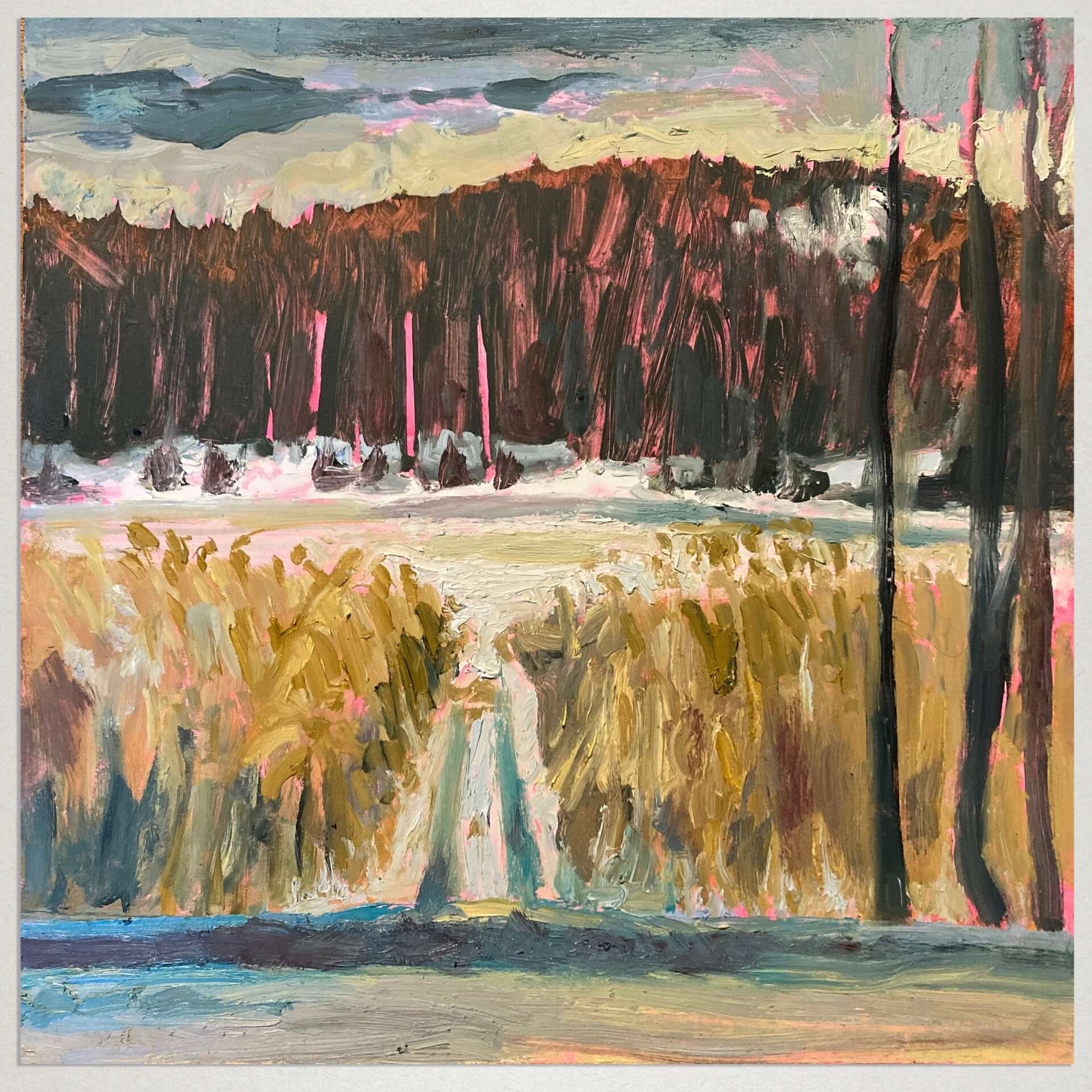

Great, appreciate you sharing that with us. Before we ask you to share more of your insights, can you take a moment to introduce yourself and how you got to where you are today to our readers.
Sure! I am a plein air painter and environmentalist, inspired by the interconnections between nature and spirituality. Born in Sweden and growing up in New England, trees were always a constant in my life, transcending the boundaries of national identity. My Swedish great-grandfather was a botanist who specialized in roses. I study nature by observing it through paint.
Since I was four years old, I have moved from Sweden to Boston, to Montreal, to Austria, back to Sweden, and then to NYC over a decade ago. I’ve learned that the first year in a new place is always the hardest. But what remains consistent is my love for the outdoors. Wherever I end up, I seek out the trees as reliable companions who embrace me in my solitude.
My mind, body, and spirit are at their best when the only roof above my head is the clouds, endless sky, or darkness pierced with stars. I believe we are closest to any form of spirituality/ God / connecting with the inner self when nothing physical is blocking our bodies from the galaxy. There is a profoundly nourishing effect of being outside that is inherently passed down from our ancestors.
My oil paintings are more than just representations of trees and landscapes – they are a tribute to their resilience and a reminder of their crucial role in our ecosystem. Through my art, I aim to inspire others to appreciate the outdoors and to work together to protect them for future generations.
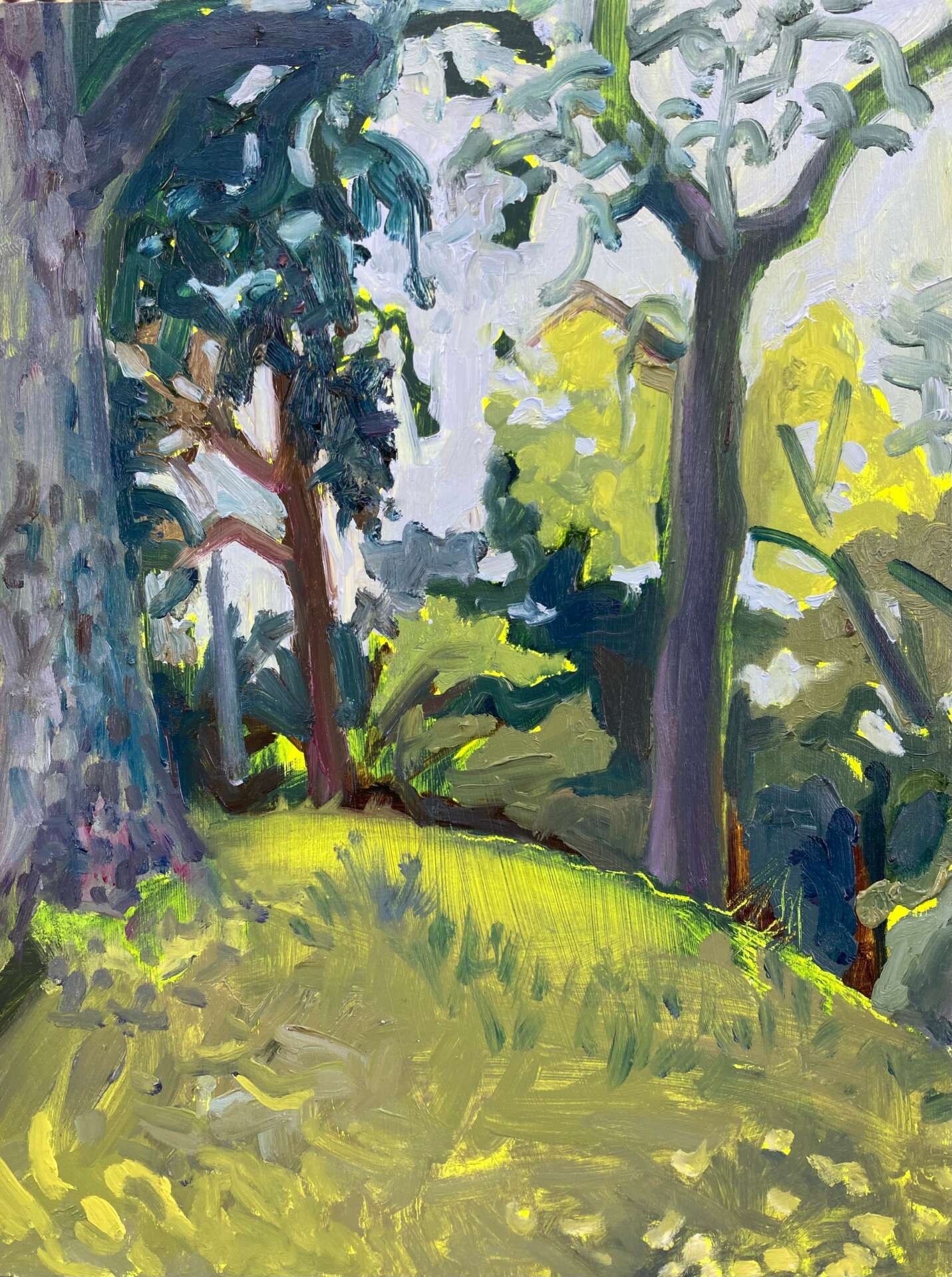

What can society do to ensure an environment that’s helpful to artists and creatives?
Throughout the annals of history, many iconic artists achieved greatness thanks to benefactors—individuals who provided crucial support. The Medici family, for instance, played a pivotal role in financing the Renaissance, commissioning masterpieces from luminaries like Leonardo and Michelangelo. Van Gogh’s artistic journey was sustained by the monthly support from his brother, while Picasso found early sponsorship from art enthusiasts Leo and Gertrude Stein. Monet, too, leaned on the support of friends and family for an extended period.
In contemplating the trajectory of artists, I am compelled to advocate for a more robust support system. While grants and scholarships have been invaluable to my own journey, a significant portion of my time is consumed by the demanding process of applying for these opportunities. In a world abundant with wealth, I envision the establishment of a universal basic income, enabling dedicated artists to channel their focus into realizing the fullest potential of their work, rather than navigating the bureaucratic landscape of endless applications.
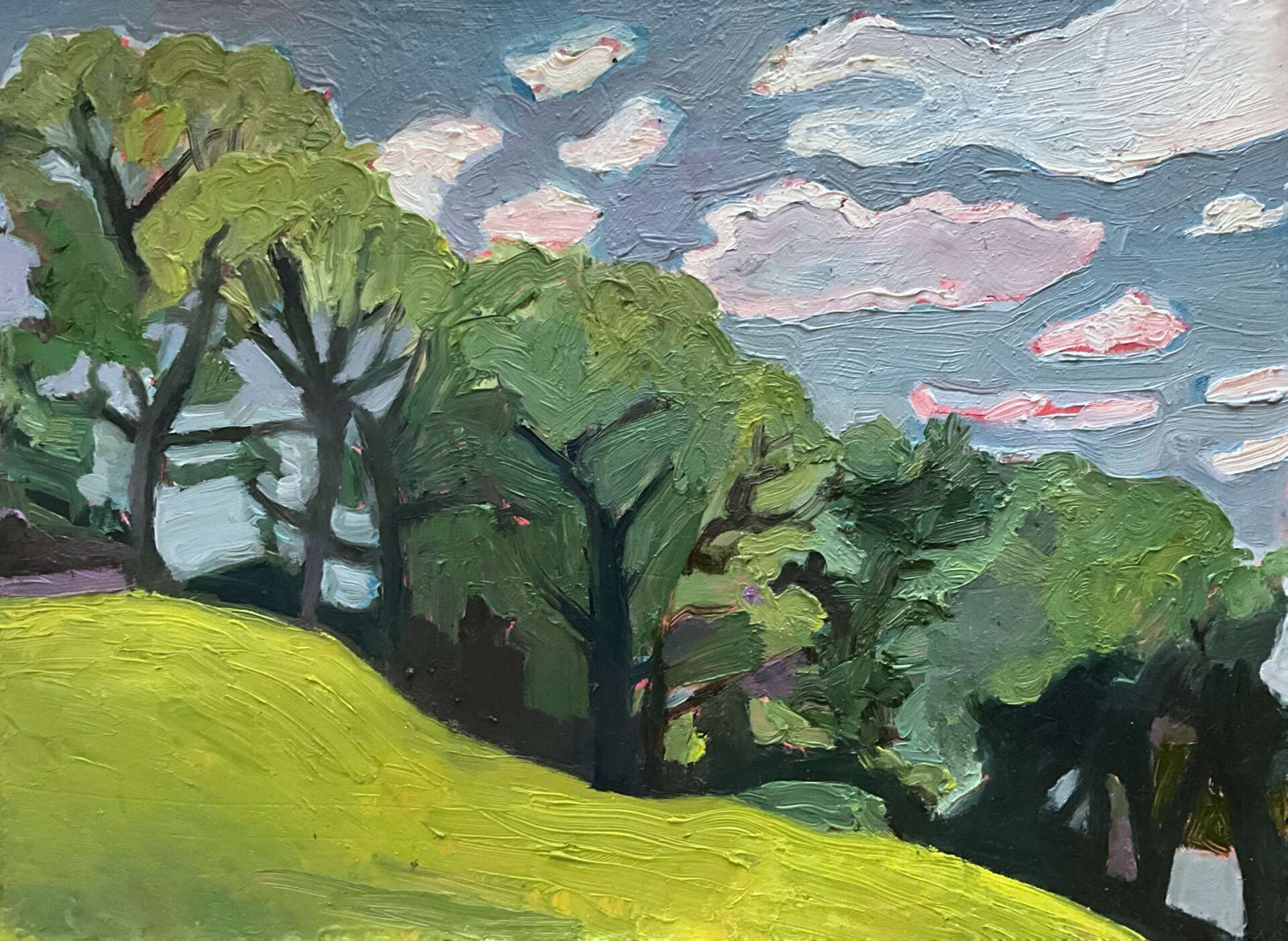

Are there any books, videos, essays or other resources that have significantly impacted your management and entrepreneurial thinking and philosophy?
When I was about 12 years old, I delved into ‘Sophie’s World’ by Jostein Gaarder, a transformative literary journey that transported me into the enchanting realms of philosophy, where possibilities were boundless. Absorbing this profound exploration at a young age reshaped my perception of ‘normalcy.’ It prompted me to question societal constructs—rules we follow, the use of currency, etc. These elements, often considered the essence of life, revealed themselves as arbitrary constructs. Amidst this realization, the creation of art emerged as the sole aspect that felt undeniably authentic to me.
I think everyone in the artworld should read – How Not to Exclude Artist Mothers (and other parents) by Hettie Judah
And with regards to videos, I really enjoy those produced by Copenhagen based Louisiana Museum of Modern Art. They have a lot of great artist interviews such as with Dana Schutz and Cecily Brown.
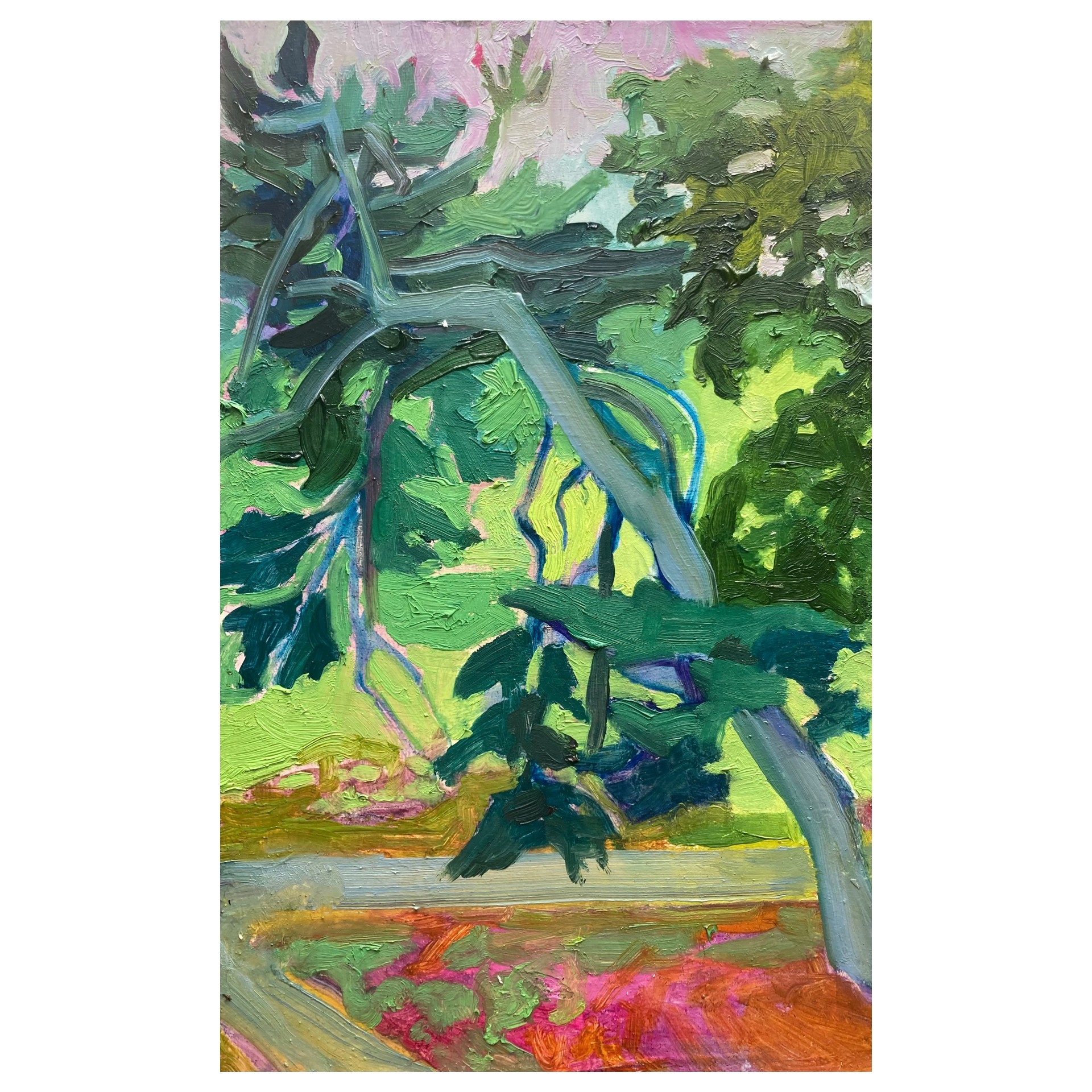
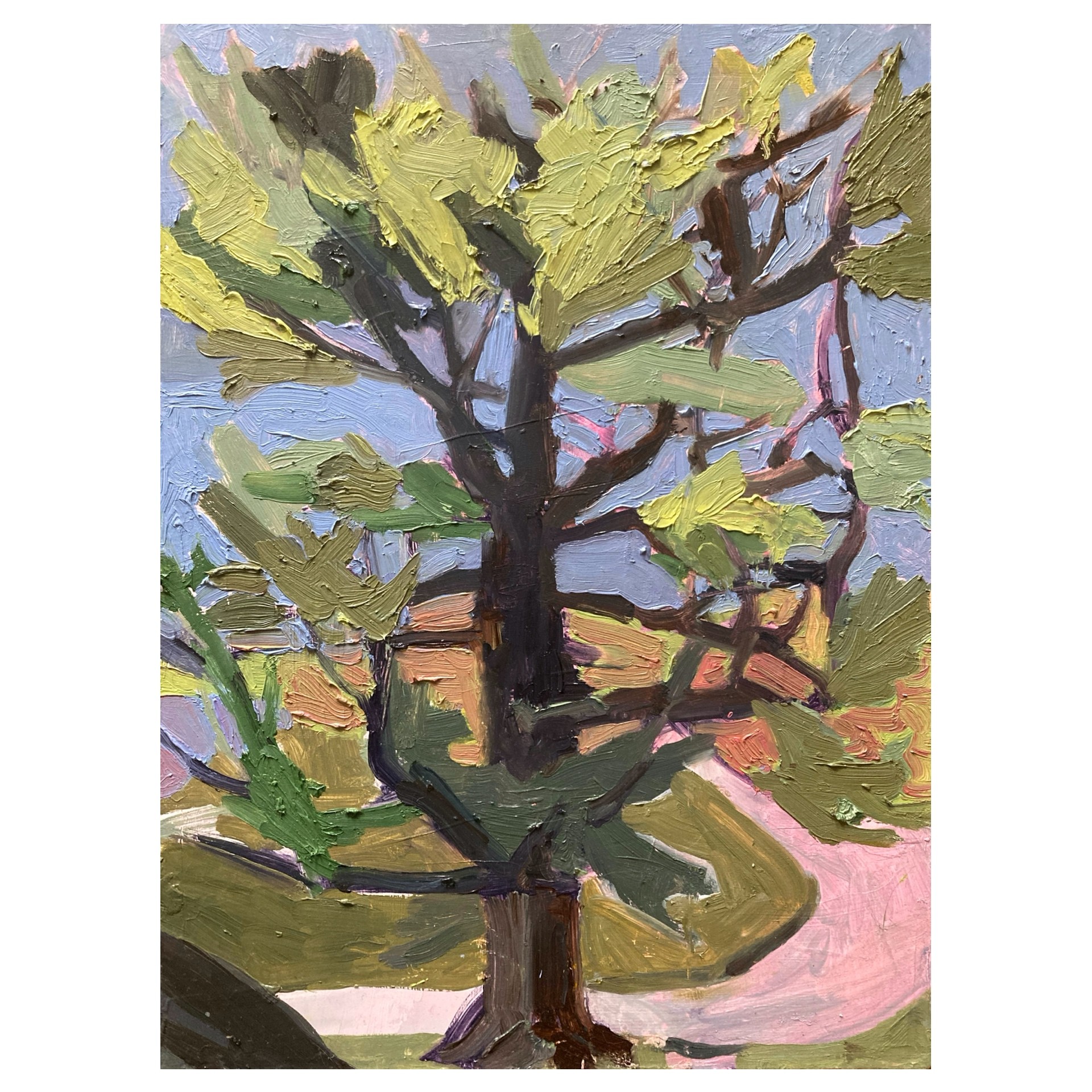
Contact Info:
- Website: https://matssonarts.com/
- Instagram: https://www.instagram.com/matssonarts/
Image Credits
https://www.elenajhaskins.com/photography Elena Haskins She took the first pic of me painting in the studio, not the others


